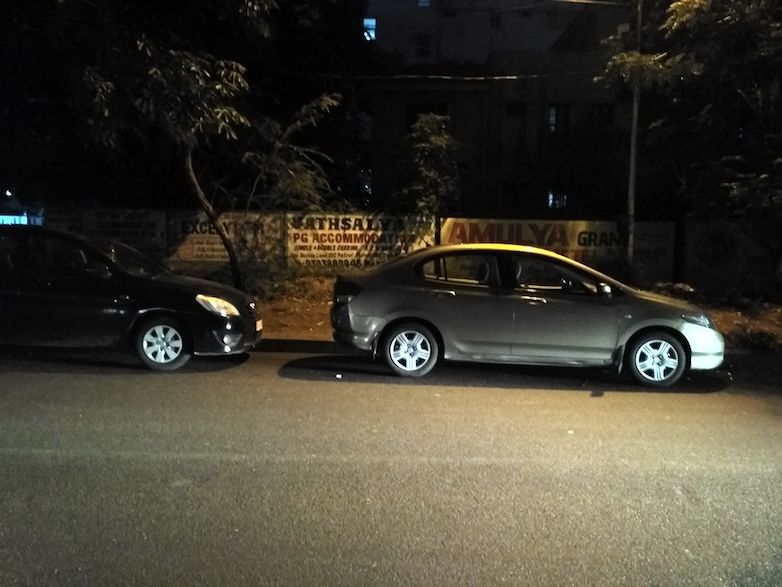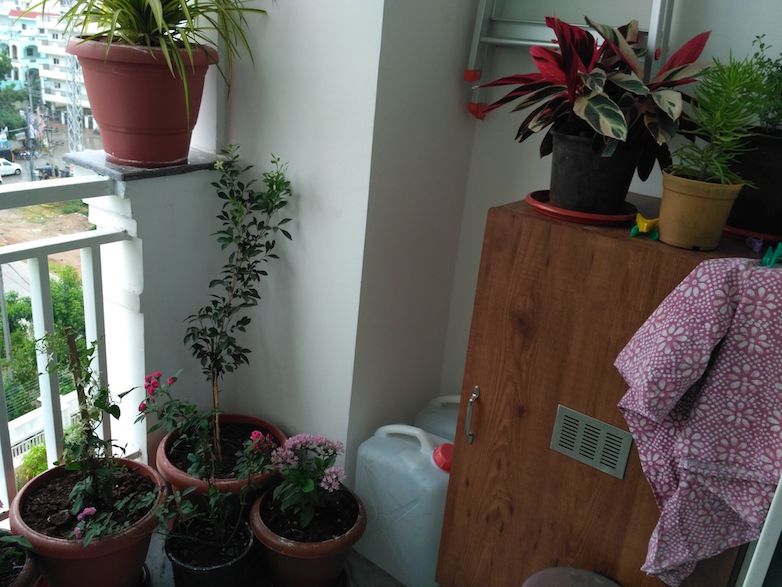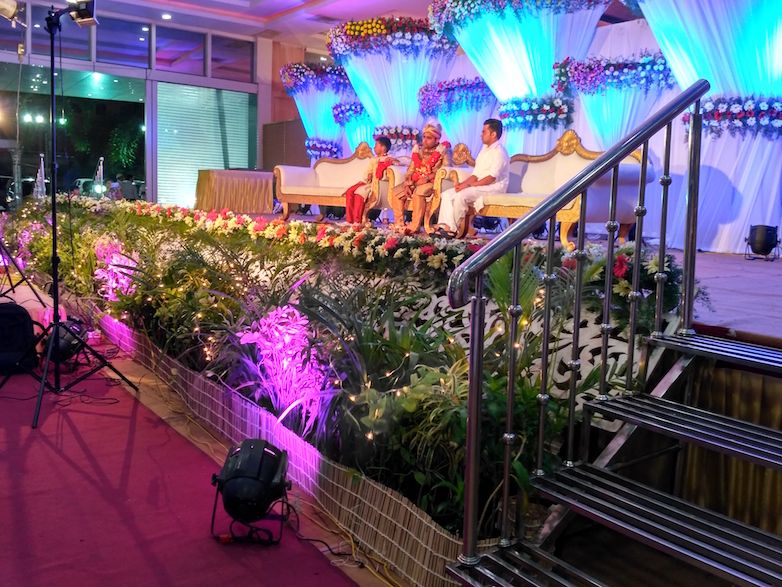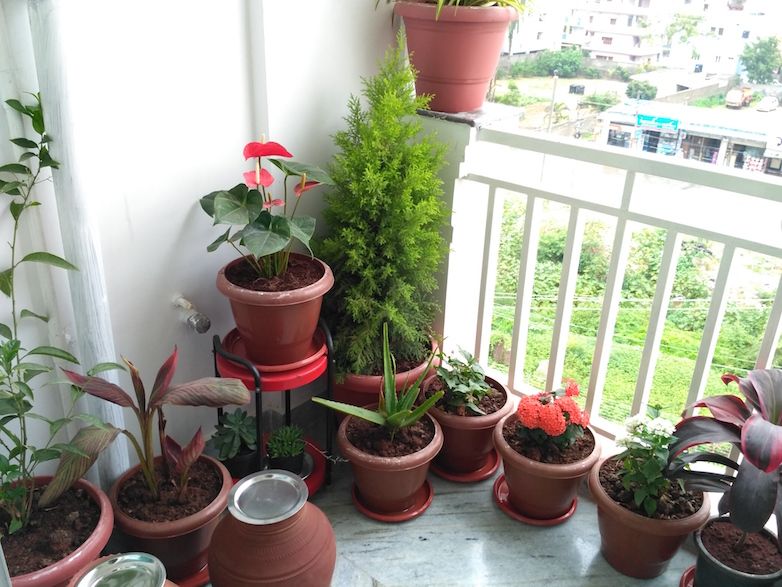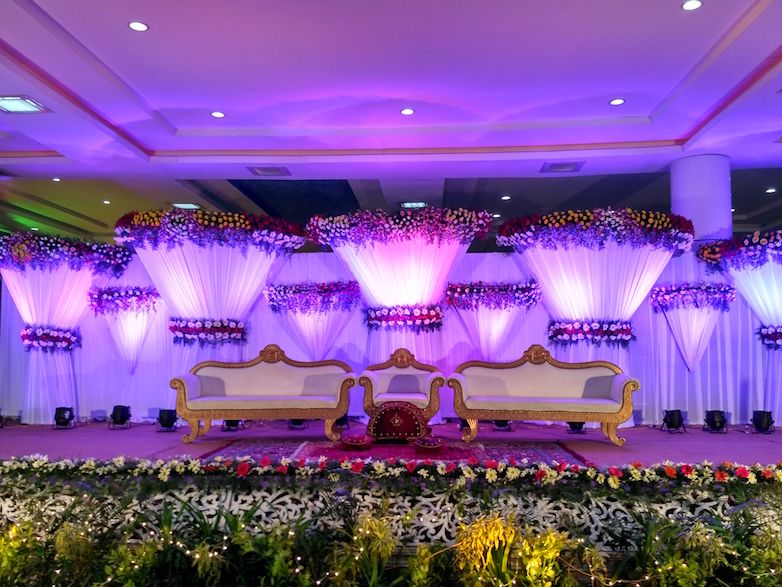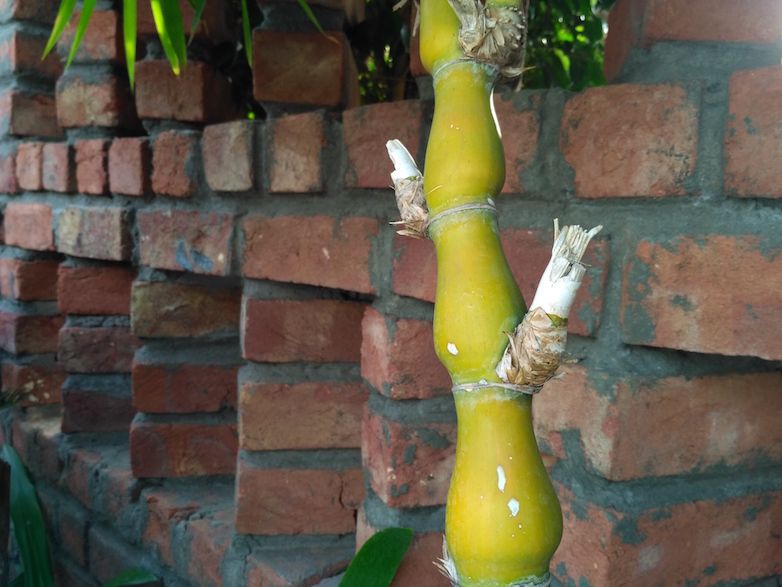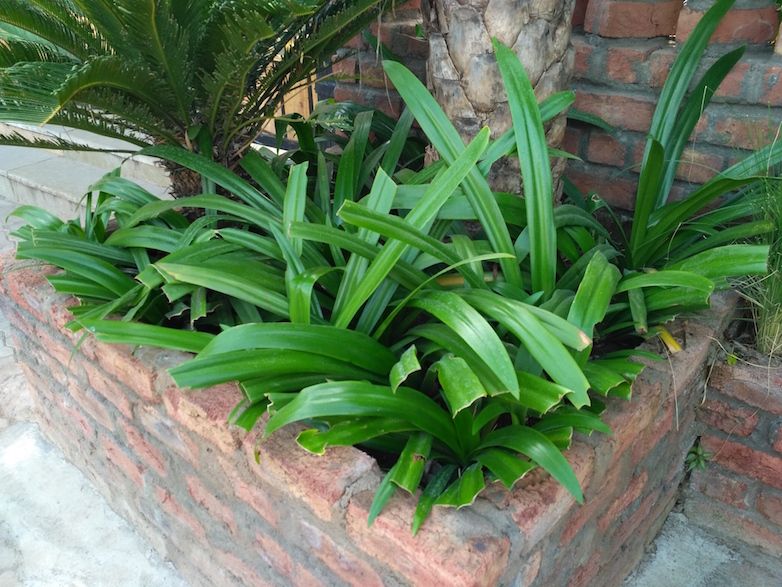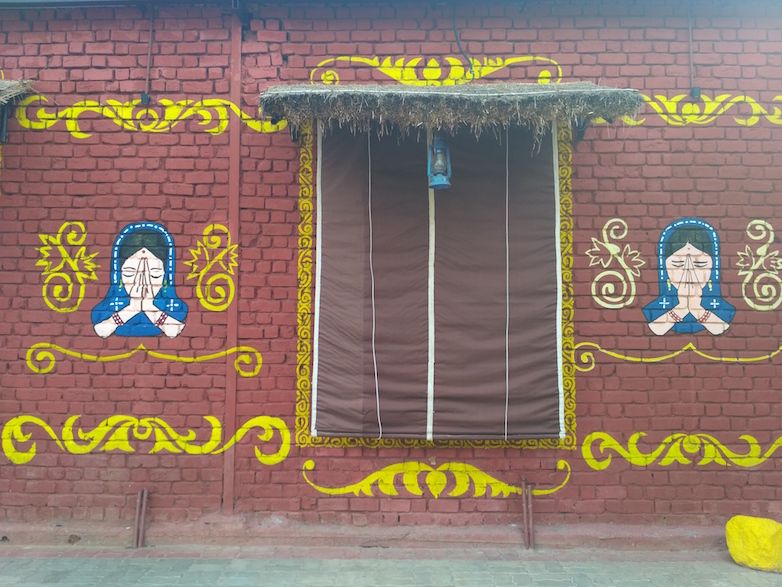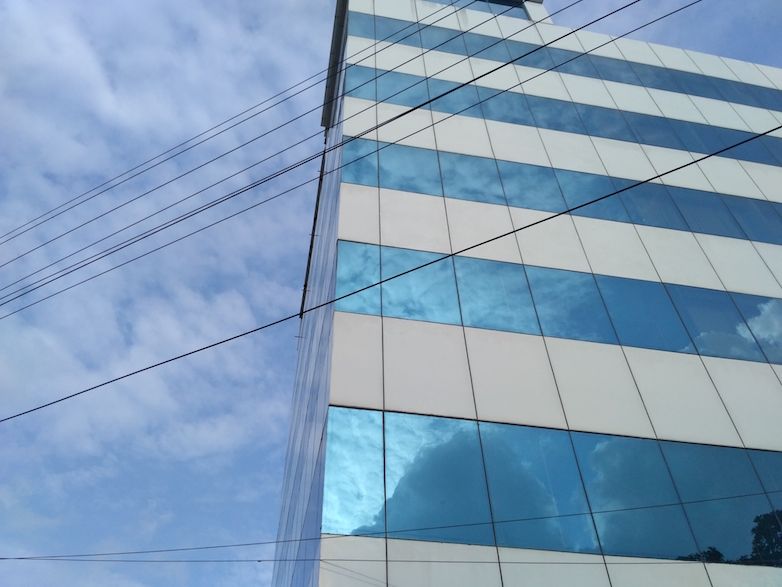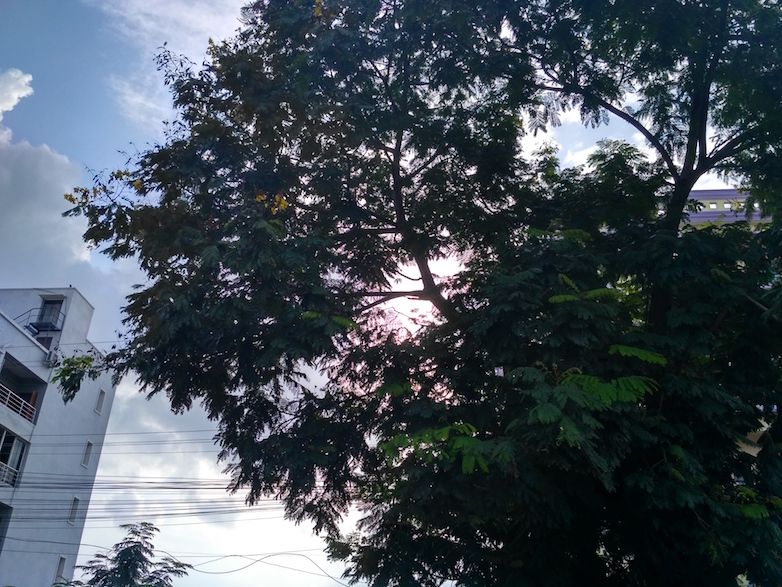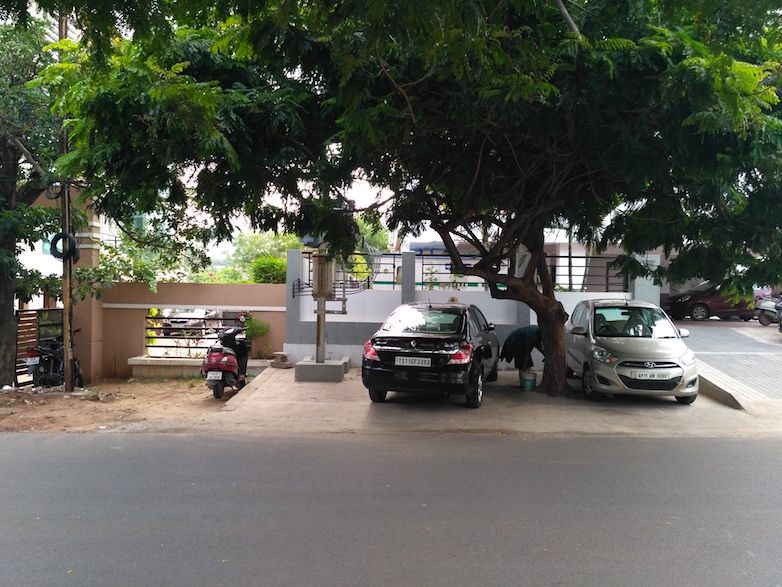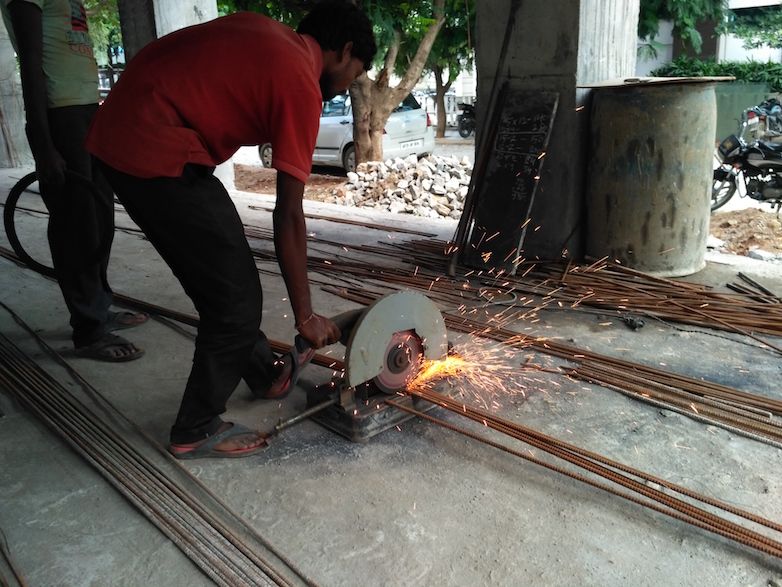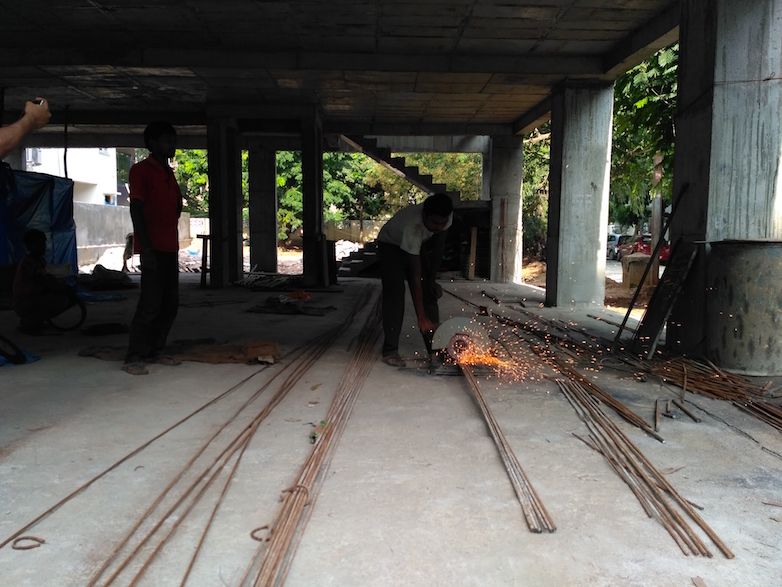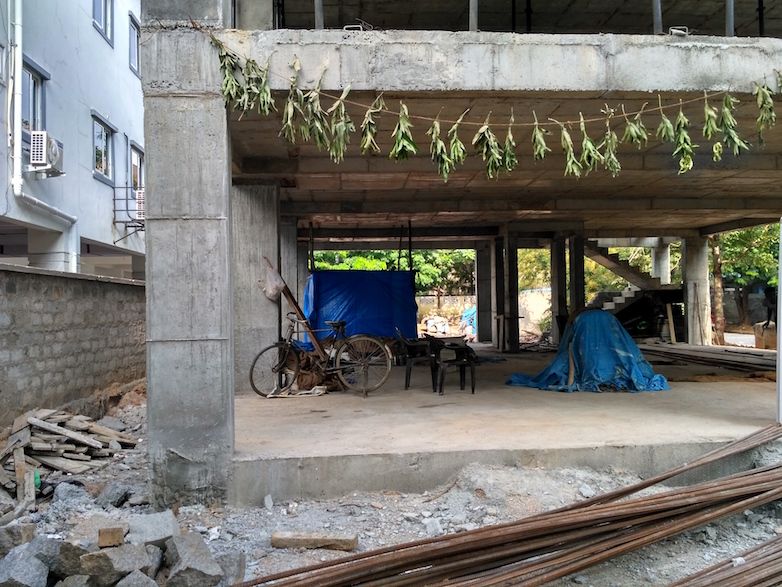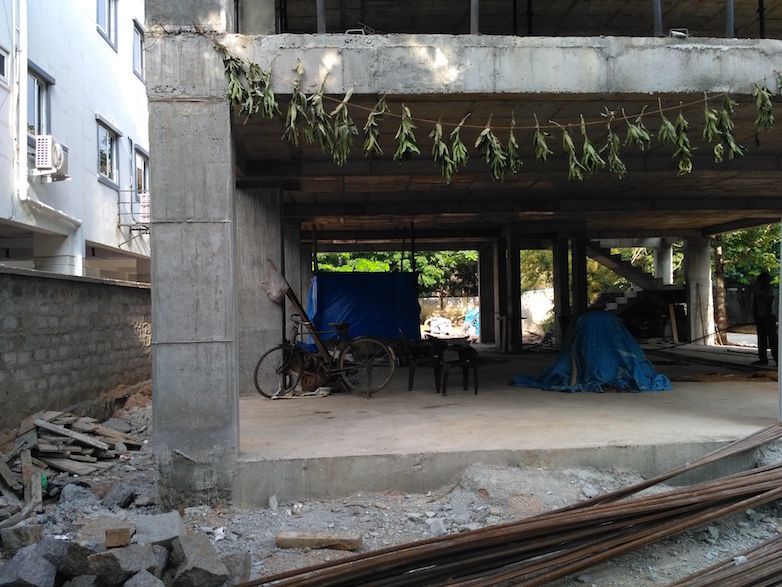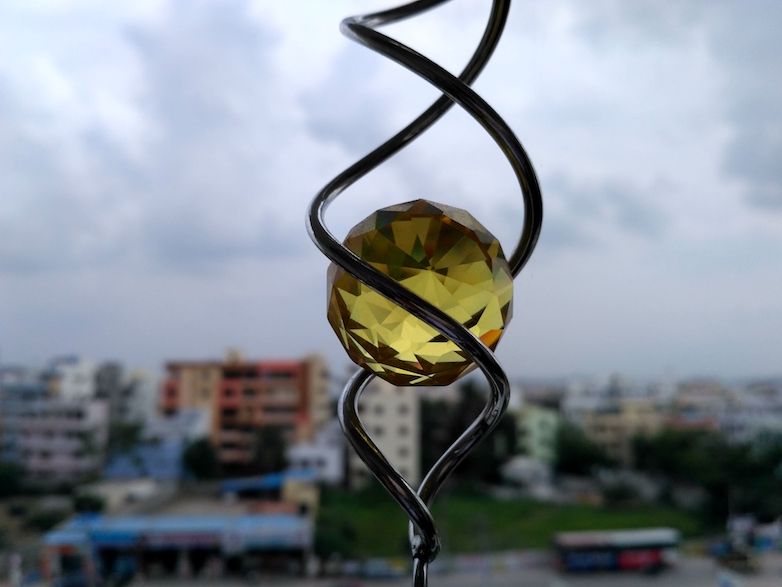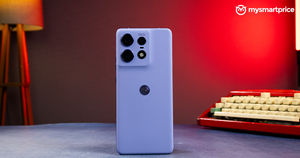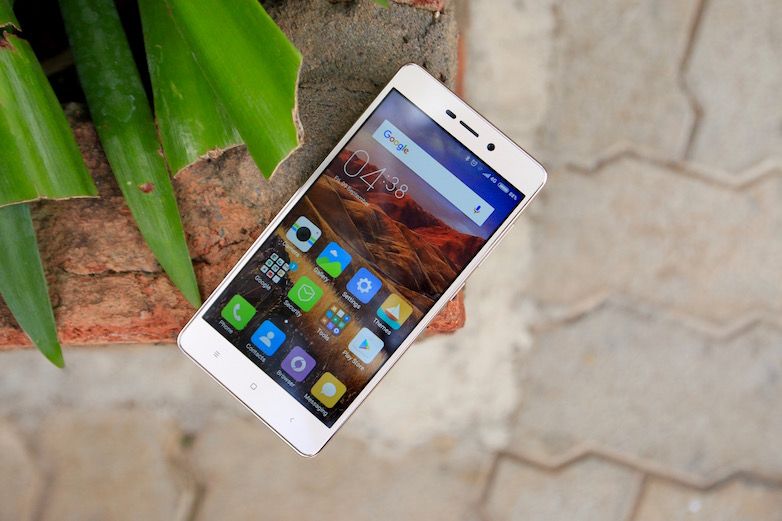
Xiaomi has done an impressive job in the price sensitive segment of the smartphone market this year. Although, the OnePlus 3 walked away with better sales than the Mi 5 in the mid-range price segment, (and we listed why the OnePlus 3 was better in our review), the Redmi Note 3 from the Chinese smartphone brand went on to become the best-selling smartphone in India by a huge margin in the last quarter.
Xiaomi Redmi 3s Prime
₹8,999What Is Good?
- Class-leading build quality and design
- Bright display
- Great hardware for the price
- Smooth performance
- Fast and accurate fingerprint sensor
- Unbelievably long battery life
- Healthy list of intelligent software features and customisation options
- Mi Remote is one of the best IR remote control apps out there
What Is Bad?
- Can’t hear the other person on the voice call for the first few seconds
- Camera performs poorly in low light
- No continuous autofocus in video recording
- Aggressive RAM management (can’t keep more than three apps active in memory)
- Loudspeaker quality and placement could’ve been better
The company introduced its latest offerings in the entry-level segment, the Redmi 3 and the Redmi 3s Prime this year. These smartphones succeed last year’s Redmi 2 and Redmi 2 Prime. In terms of specs, there’s nothing in the market that can beat either of these devices. The Redmi 3s is priced at ₹6,999, while the Redmi 3s Prime is priced at ₹8,999. Xiaomi sent us the Redmi 3 Prime, and we spent a good three weeks using the device to determine how it fares in the Xiaomi Redmi 3s Prime review.
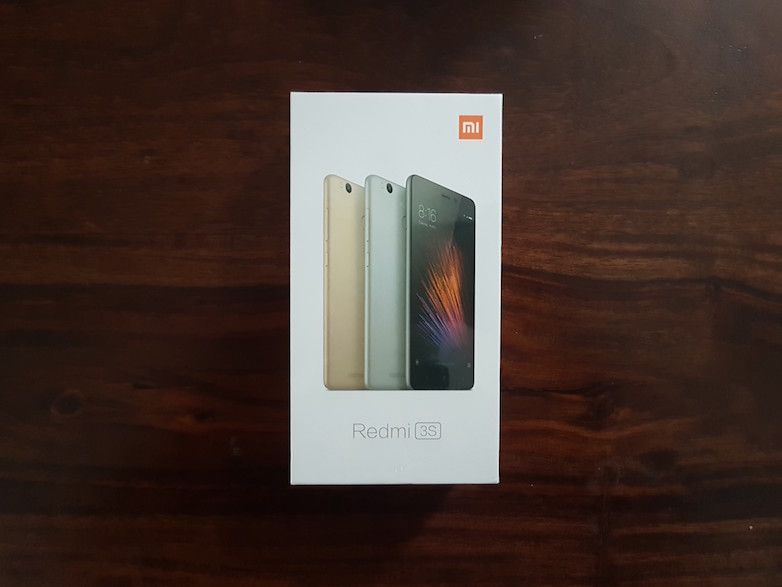
First, let’s dive into the specs list of the Redmi 3s, and then move onto our observations about the device’s performance.
Xiaomi Redmi 3s Prime: Specifications
- Display: 5-inch IPS LCD display, 1280×720 pixels resolution (294 PPI), Reading Mode, Colour Temperature Adjustment
- Software: Android 6.0 Marshmallow-based MIUI 7 (upgradeable to MIUI 8)
- Rear-facing camera: 13-megapixel sensor, phase-detection autofocus, five-piece lens, F2.0 aperture, LED flash, HDR, Panorama, Manual Mode, and 1080p video recording
- Front-facing camera: 5-megapixel sensor, F2.2 aperture, and 1080p video recording
- Processor: Qualcomm Snapdragon 430 with 1.4GHz octa-core Cortex-A53 CPU and Adreno 505 GPU
- Memory: 3GB LP-DDR3 RAM, 32GB eMMC 5.1 internal storage, and microSD card slot (up to 128GB)
- Sensors: Accelerometer, Ambient Light, Electronic Compass, Fingerprint, Gyro, Infrared, and Proximity
- Connectivity: Hybrid dual-SIM, 4G LTE (with VoLTE), dual-band Wi-Fi a/b/g/n, Wi-Fi Direct, Google Cast, GPS (with A-GPS, BeiDou, and GLONASS), Bluetooth 4.1 (with A2DP and LE), microUSB 2.0 port, and a 3.5mm headphone jack
- Battery: 4100mAh (Typical) or 4000mAh (Minimum)
- Dimensions: 139.3×69.6×8.5mm; 144g
Xiaomi Redmi 3s Prime: Design & Build Quality
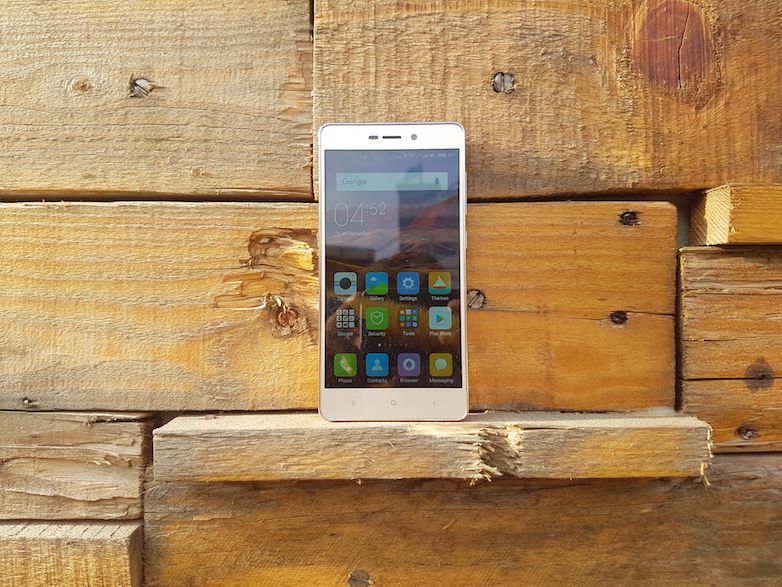
It’s a welcome change to see entry-level smartphone finally donning metal builds, and 2016 has been a year where multiple brands made this transition. Every smartphone in Xiaomi’s 2016 lineup is now made either out of metal or a metal-and-glass combination. However, the top and bottom bits of the Redmi 3s Prime still use plastic material, while the rest of the device is made of metal. Nevertheless, Xiaomi still deserves praise for this.
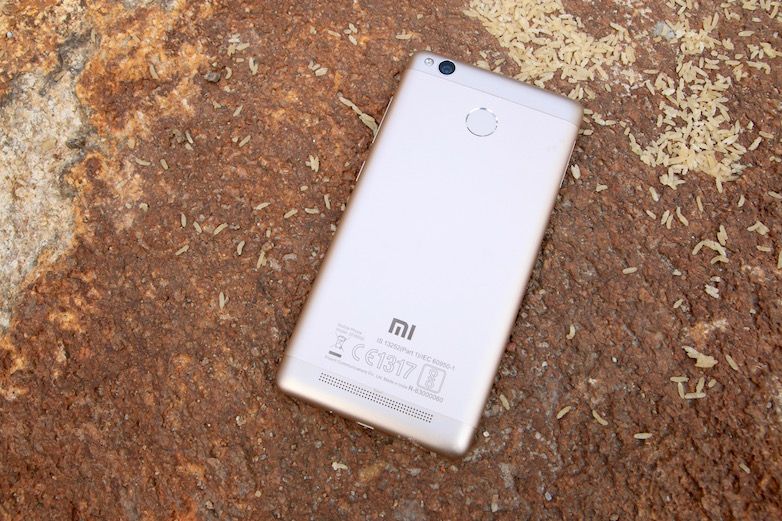
Not only does the phone feel solid, but also the dimensions of the device are just about right. Thanks to the rounded edges, the phone fits snugly in the palm. It’s neither too heavy nor too light (we’re looking at you, Mi 5) to feel uncomfortable to hold. It’s easy to carry around in hand or in the pocket. All the keys are where they’re supposed to be, easily within reach. All the physical buttons provide good tactile feedback. The navigation keys (back, home, and multitasking) aren’t backlit, so you will face problems in locating them in the dark until you get used to them.
We noticed that the coloured plastic ring around the front of the device started to leave its colour within three weeks of usage, so you might want to use it with care. We suggest using a case especially to protect that part of the smartphone. The fingerprint sensor at the back is placed at a convenient location. It was easy to reach no matter which hand we used. The headphone jack could’ve been placed at the bottom though, but this is just nitpicking in an otherwise stellar design for the price.
Xiaomi Redmi 3s Prime: Display Quality

The Redmi 3s Prime uses a 5-inch IPS LCD display panel, like most smartphones these days. The screen resolution is 1280x720p, which is not the absolute best in its price segment, but it’s understandable why Xiaomi would have decided to stick with a resolution of 720p instead of 1080p. Not only is the pixel density of 294 PPI good enough for the screen size, but it also saves the GPU from a whole lot of trouble. A 5-inch HD display seems like a nice fit for the processor the Redmi 3s Prime uses.
Moving on to the display’s performance, it’s sharp enough for most day-to-day tasks such as messaging, web browsing, and watching HD videos. More importantly, it’s bright enough even under direct sunlight. There’s also a Sunlight Display mode that improves sunlight legibility by boosting shadows. However, there’s a downside to this. The mode is enabled permanently on the Redmi 3s, because of which the phone performs just about average when used indoors. The display constantly keeps adjusting to the brightness and contrast based on the ambient light, which gets annoying.
Contrast levels are quite good, but the colours are a bit off. The colour temperature is a bit colder than it ideally should have been.Thankfully, there’s an option to change the colour temperature from the Display menu in the Settings. The Reading Mode is a boon when you want to use the device in darker conditions. It reduces the amount of blue on the display so that your eyes remain strain-free. Overall, there’s not a whole lot to complain about the display here. It gets the basics right, but there should’ve been an option to turn off the Sunlight Display mode.
Xiaomi Redmi 3s Prime: Camera & Image Quality
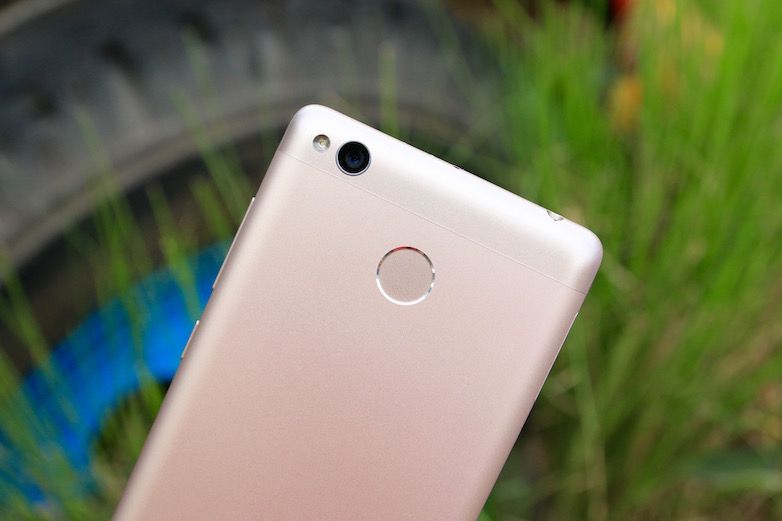
The hardest thing to implement correctly on a smartphone is its camera and on entry-level smartphones, one of the feature where manufacturers first tend to cut corners is also the camera. The imaging department on the Redmi 3s Prime, however, looks good on paper thanks to its 13-megapixel primary camera with F2.0 aperture, phase-detection autofocus, and 1080p video recording. Even the front-facing 5-megapixel camera with F2.2 aperture can record 1080p videos. There’s a Manual Mode in the camera as well. But, how’s the actual image quality?

Well, the rear-facing camera on the Redmi 3s Prime is quite average. Fine details are not that great even for the price range the device falls in. In fact, we would’ve deemed it to be below average for the specs it comes with as the camera is quite slow to focus even though it features phase-detection autofocus. When the light decreases, it struggles even further to find focus. The dynamic range is limited, and when you try to improve it using the built-in HDR mode, the camera simply takes too much time to capture shots and process them. Most of the time, images shot using the HDR mode come out blurry.
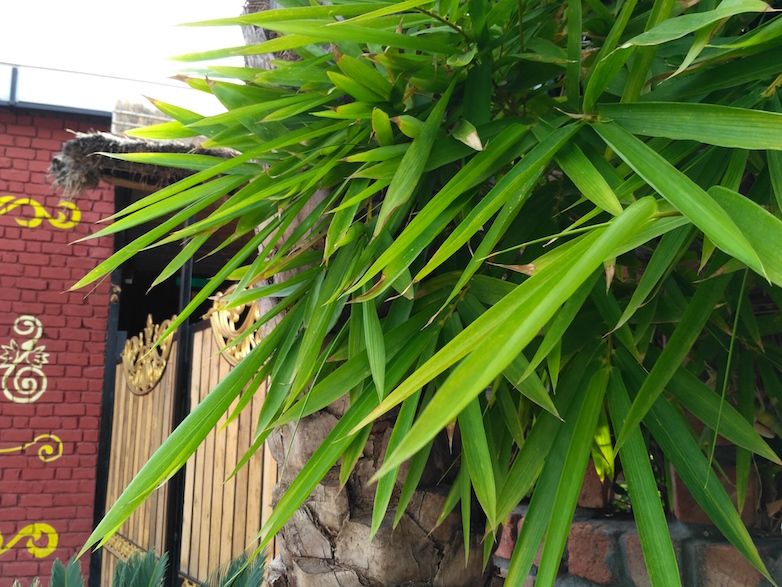
There’s plenty of noise in the images shot in low light conditions. So much so that you’re forced to use the LED flash if you want to get a workable shot indoors. But since there’s no dual-tone LED flash, you’re left with blown up images more often than desirable. Also, you have to hold the phone with immense steadiness when there’s not enough light. Instead of cranking up the ISO, the camera drops the shutter speed to such a large extent, that you end up with slightly blurry shots most of the time. I wonder why Xiaomi’s engineers decided to drop the shutter speed so low, especially since the camera lacks OIS to support such slow shutter speeds.

Full HD (1080p) videos recorded using the Redmi 3s Prime are surprisingly good when compared to still images. The subjects look crisp, but you’ll have to tap to focus on objects since the phone lacks continuous autofocus. The audio recorded in the videos has a slight hiss in them. Also, the videos don’t start recording automatically when you tap on the camcorder icon in the camera UI. You first have to switch to the video recording mode and then start recording by tapping on the shutter button once again. Maybe Xiaomi designed it this way so that you’ll know if the subject is in the frame. The field of view changes when you switch from still image to video recording mode.
The 5-megapixel front-facing camera is nothing much to write about. It is coupled with a fixed-focus, wide-angle lens, and it covers a decent amount of area in the frame. The dynamic range is quite narrow, so there’s a fair chance that the scenery in the background will not be captured properly, especially things like the skyline or the clouds. The front-facing camera can record 1080p videos, but the audio isn’t that clear. Make no mistake, though. There are very few phones in this price range that do much better than this. However, considering the specs sheet, we expected better performance. But the camera turned out to be just average.
Xiaomi Redmi 3s Prime: Software
The Redmi 3s Prime runs Android 6.0.1 Marshmallow with the company’s MIUI 7 custom UI on top of it. The company had promised to update the device with MIUI 8 shortly after its release, but the update isn’t here yet (at the time of writing this review). To be frank, MIUI 7 looks dated now with its dark colour combinations. The UI has a bunch of pre-installed themes, and you can also install more third-party themes from the customisation menu. Honestly though, most themes look like they have been designed by kids. There’s no consistency in the icons and that apart, most of them are also too flashy to be used on a day-to-day basis.
MIUI 8 on the other hand will give the phone a fresh look, thanks to its bright UI. There are plenty of customisation options in MIUI, which are quite handy, but I don’t understand why Xiaomi still hasn’t removed the ugly rounded square container around the icons. There’s a Guest Mode and an App Lock function that allows users to hide personal information from unwarranted users or prying eyes. Locked apps can be unlocked using the built-in fingerprint sensor. You can even customise the single-tap and long-press functions of the capacitive keys. You can also disable them completely in some apps, which comes in handy while playing intensive games.
We were amazed to see the number of devices the phone’s Mi Remote app supports. You’ve got to give it to Xiaomi as the company has worked hard enough to include support for almost any device that’s sold in India. I failed to find a device that didn’t work using the Mi Remote app. It comes quite handy when you lose your TV or AC remote under your sofa. There’s a One Handed Mode too, but I never felt the need to use it as the device is easy to use with one hand. The same holds for the Quick Ball feature.
Xiaomi Redmi 3s Prime: Performance
Thanks to the Qualcomm Snapdragon 430 processor, the Redmi 3s Prime performs smoothly. There’s 3GB of RAM, so you might be tempted to think that you can keep multiple apps in the background and switch between them frequently with ease. However, that’s not the case here. The device couldn’t keep more than three apps running in the background. We suspect that Xiaomi has used an aggressive memory management mechanism in the Redmi 3s Prime to increase the battery life. Even with 700MB-odd RAM free, the device had to load apps from scratch. Moreover, it took the phone a couple of seconds to reload apps.
Games ran smoothly though, and according to me, Xiaomi did a good thing by using a screen with 720p resolution, as it makes it easier for the GPU to maintain smooth frame rates. There’s definitive improvement in gaming when you compare it to the Redmi 2 Prime. The phone does heat up while using CPU intensive tasks though, and due to its metal body, you’ll feel the heat even more on your fingers. The phone performs well with most day-to-day tasks like browsing, messaging, using apps, and more. All the sensors worked well, including the rear-mounted fingerprint sensor. It was fast and accurate every time.
Audio through the headphones was loud and clear, but the loudspeaker could’ve been better. Apart from being tinny, the placement of the loudspeaker isn’t great either, so don’t be surprised if you miss some calls when the phone is in the other room. Also, there seems to be a software bug in the phone as we couldn’t hear the person on the other side of the voice calls for the first few seconds with almost every call. We hope that Xiaomi solves this bug with a software update as this is a vital feature of any phone. There wasn’t any problem with signal reception though, thanks to those plastic strips on the top and bottom part of the phone.
Xiaomi Redmi 3s Prime: Battery Life

The one thing Xiaomi meticulously improved upon in all its smartphones this year is the battery life. The Redmi 3s Prime with its ridiculously large 4100mAh battery offers the best battery life I have ever seen on a modern day smartphone. After a full charge, the device lasted more than a day and a half without amiss. If that doesn’t sound impressive enough for you, take a look at the screen-on times in the screenshots. The device consistently offered us a screen-on time of over 10 hours. That’s nothing less than amazing.
On moderate usage, you can expect a battery life of as long as three days with the Redmi 3s Prime. It’s an amazing feat Xiaomi has achieved to fit a battery this large into a compact device that doesn’t weigh a lot. It is compatible with 5V/2A rapid charging. The Snapdragon 430 is compatible with Quick Charge 3.0, but Xiaomi hasn’t implemented it in the Redmi 3s Prime. The supplied charger (5V/2A) still charges the smartphone fast enough for a 4100mAh battery. Even if you charge the device to 40 percent before running off to work, you can be rest assured that it will last you till you’re back home for dinner.
Xiaomi Redmi 3s Prime: Conclusion
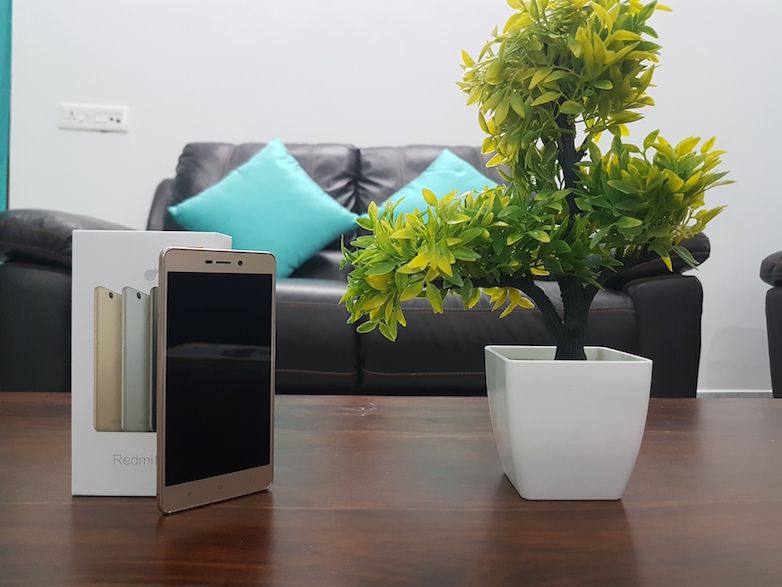
The Xiaomi Redmi 3s is a class-leading device. It offers a bright display, a metal body that feels just right in the palms, a fast day-to-day performance with good gaming capability, feature-rich software, and an unbelievably long battery life. It’s hard for use to believe that a phone that’s priced for as low as ₹8,999 can get so many things right.
However, perceptions quickly change about the Redmi 3s Prime when you look at it this way: the Redmi Note 3 costs just ₹1,000 more than the Redmi 3s Prime. It offers a larger, sharper, and brighter display. The processor is definitely faster and offers much better gaming performance. The 16-megapixel camera on the Redmi Note 3 does a decent job too, unlike the one on the Redmi 3s Prime. So, now, what would you choose if you had a budget of ₹10,000? Most of you would prefer the Redmi Note 3.
Having said that, the Redmi 3s is a better choice for those of you who like compact devices but want good performance at the same time on a tight budget. However, it didn’t impress us majorly in areas other than the build quality and battery life. The camera could’ve clearly been better and so could the RAM management, especially considering the fact that its battery would have lasted long enough even if there wasn’t such an aggressive RAM management.
If you prefer a larger screen and better gaming performance, check out the Redmi Note 3 or the LeEco Le 2s, which cost about 2-3K more than the Redmi 3s Prime. Xiaomi could’ve priced the Redmi 3s Prime at ₹7,999 or at least offered a fingerprint scanner on the Redmi 3s for people to consider it.









